RESEARCH
For USTCers, scientific research represents a fleeting inspiration amid perplexity. We dedicate ourselves to conducting research in both fundamental and cutting-edge fields, striving to generate high-quality knowledge with potential applications in everyday life. Moreover, we hope our studies may have positive implications for the people we cherish and the world we inhabit together.
To explore the latest research outputs published by USTC in Nature, Science, and Cell, please click the button.



 NATURE INDEX
NATURE INDEX 

Near-frictionless ion transport within triazine framework membranes
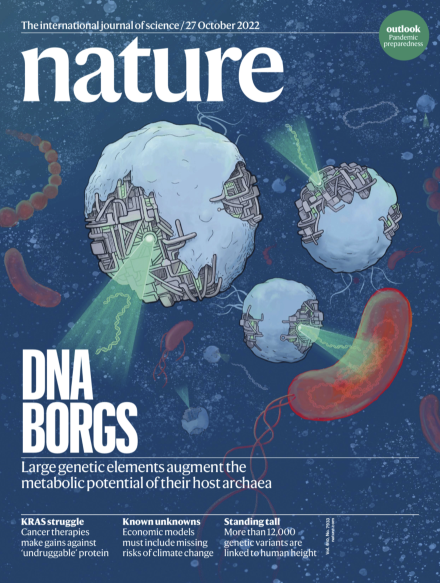
Free-space dissemination of time and frequency with 10−19 instability over 113 km
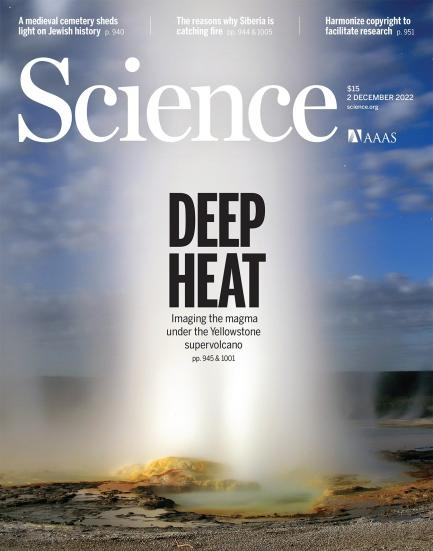
Creation of an ultracold gas of triatomic molecules from an atom–diatomic molecule mixture

Emergent charge order in pressurized kagome superconductor CsV3Sb5

Functional CeOx nanoglues for robust atomically dispersed catalysts

A detailed map of Higgs boson interactions by the ATLAS experiment ten years after the discovery

Thermalization dynamics of a gauge theory on a quantum simulator
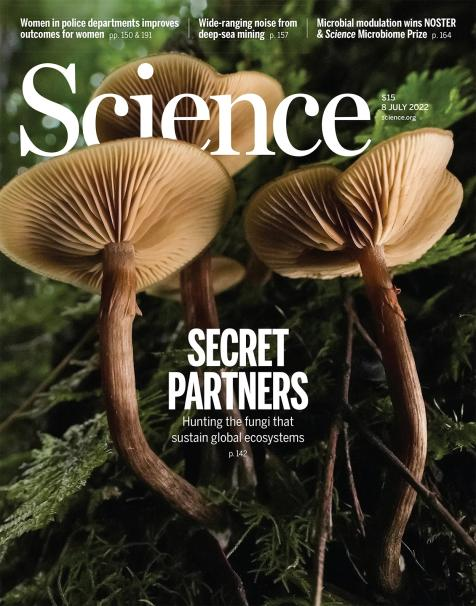
Sound induces analgesia through corticothalamic circuits

Pituitary hormone α-MSH promotes tumor-induced myelopoiesis and immunosuppression
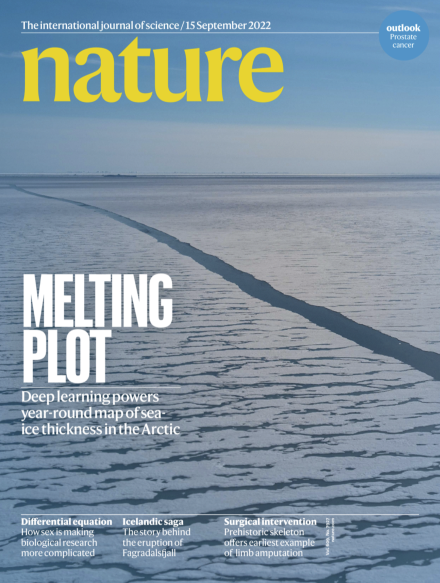
Structural insights into auxin recognition and efflux by Arabidopsis PIN1

Melanopsin retinal ganglion cells mediate light-promoted brain development

Evidence for the association of triatomic molecules in ultracold 23Na40K + 40K mixtures

Second sound attenuation near quantum criticality

Charge-density-wave-driven electronic nematicity in a kagome superconductor
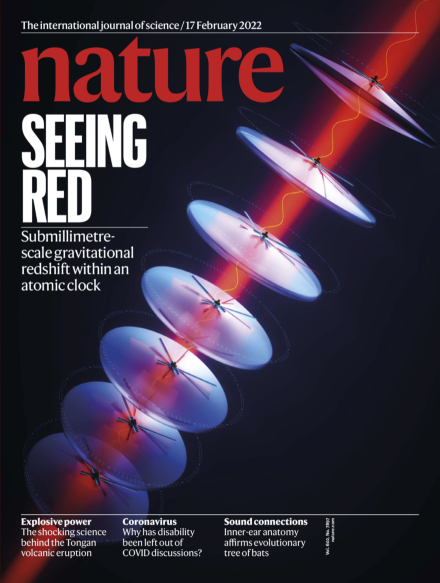
A backbone-centred energy function of neural networks for protein design
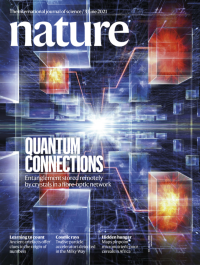
Heralded entanglement distribution between two absorptive quantum memories

Quantum walks on a programmable two-dimensional 62-qubit superconducting processor

Realization of an ideal Weyl semimetal band in a quantum gas with 3D spin-orbit coupling
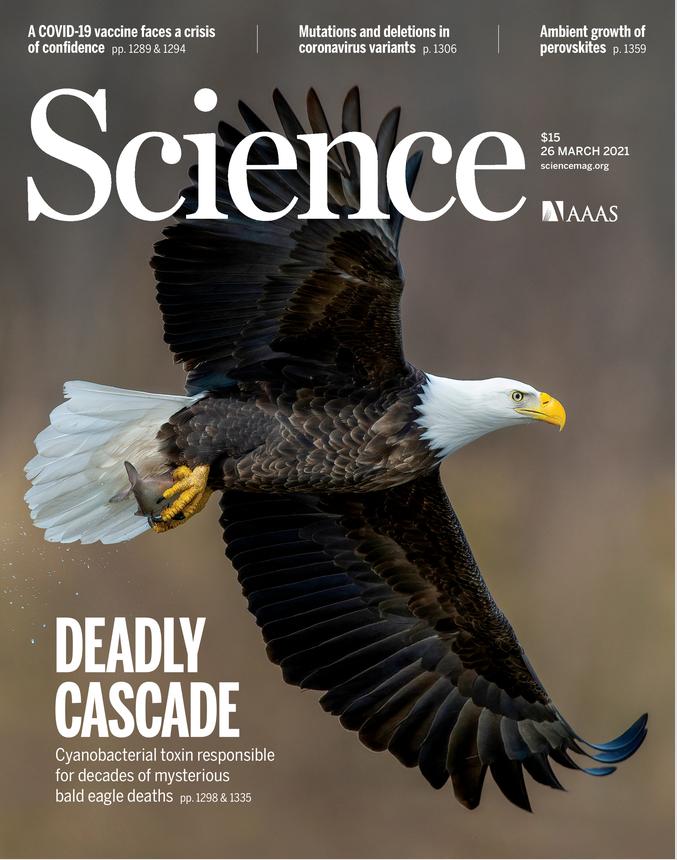
Liver type 1 innate lymphoid cells develop locally via an interferon-γ-dependent loop

Detection of Ultra-high Energy Photons up to 1.4 PeV from 12 Gamma-ray Sources

Sequential C–F bond functionalizations of trifluoroacetamides and acetates via spin-center shifts

Quantum interference between spin-orbit split partial waves in the F + HD → HF + D reaction
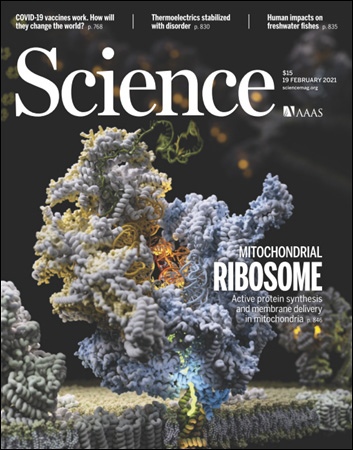
Determining structural and chemical heterogeneities of surface species at the single-bond limit

COVID-19 immune features revealed by a large-scale single-cell transcriptome atlas

An integrated space-to-ground quantum communication network over 4,600 kilometres

Entanglement of two quantum memories via fibres over dozens of kilometres
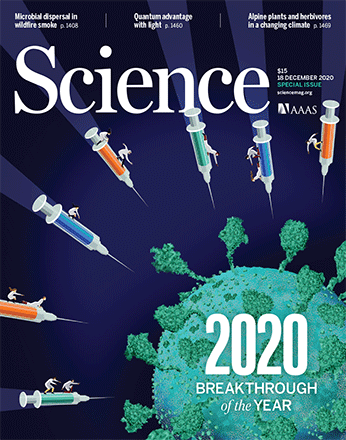
Quantum computational advantage using photons

Observation of gauge invariance in a 71-site Bose–Hubbard quantum simulator

Black phosphorus composites with engineered interfaces for high-rate high-capacity lithium storage

Cooling and entangling ultracold atoms in optical lattices
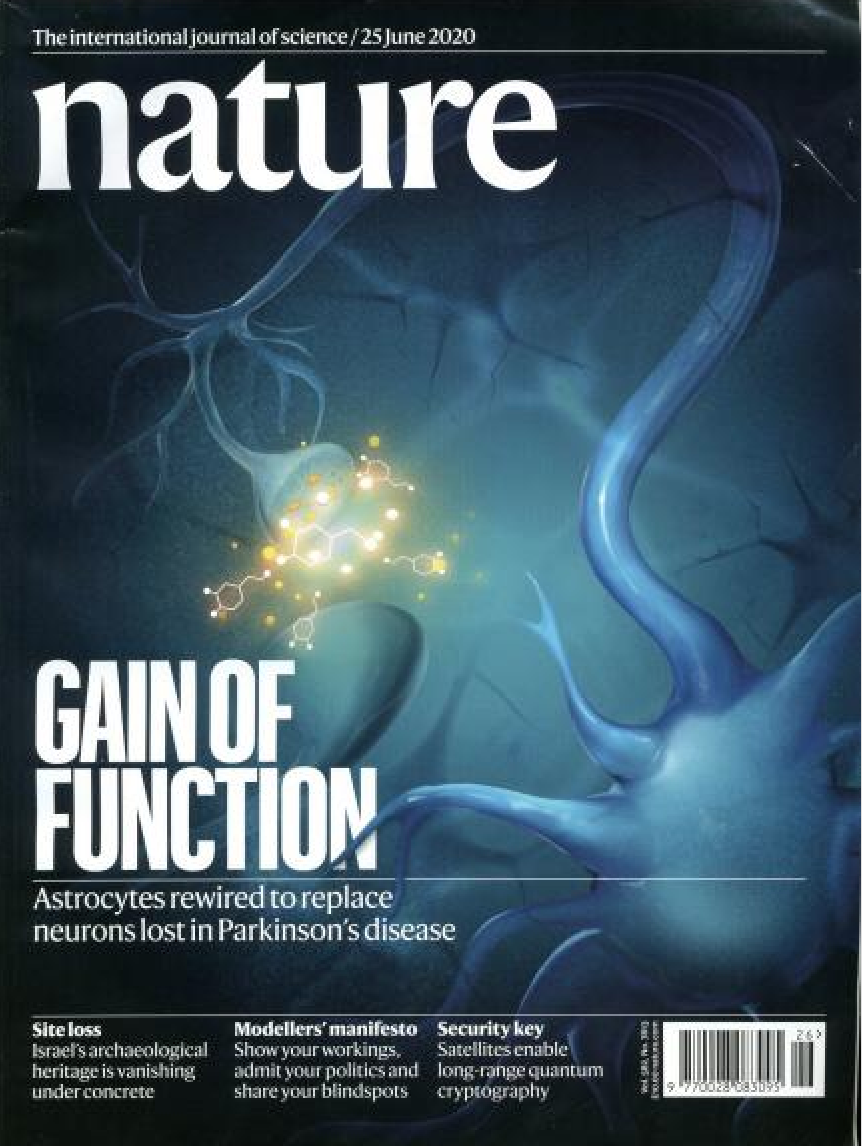
Entanglement-based secure quantum cryptography over 1,120 kilometres

Quantum entanglement between an atom and a molecule
